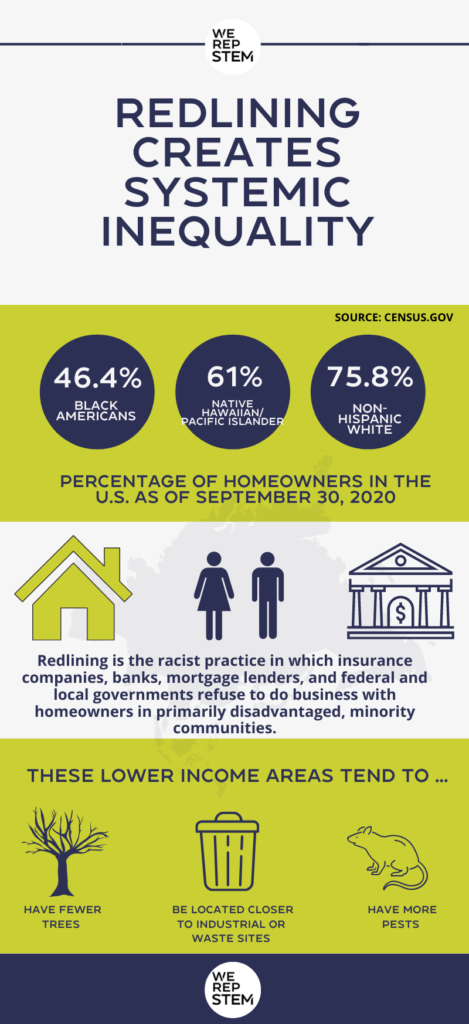National Realtor Association apologizes for enabling systemic racism
"We can't go back to fix the mistakes of the past, but we can look at this problem squarely in the eye. And, on behalf of our industry, we can say that what Realtors did was shameful, and we are sorry."









